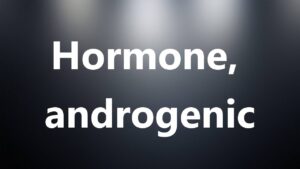✪✪✪✪✪ http://www.theaudiopedia.com ✪✪✪✪✪ What is JAUNDICE? What does JAUNDICE mean? JAUNDICE meaning – JAUNDICE pronunciation – JAUNDICE definition – JAUNDICE explanation – how to pronounce JAUNDICE? Source: Wikipedia.org article, adapted under https://creativecommons.org/licenses/by-sa/3.0/ license. SUBSCRIBE to our Google Earth flights channel – https://www.youtube.com/channel/UC6UuCPh7GrXznZi0Hz2YQnQ Jaundice, also known as icterus, is a yellowish or greenish pigmentation of the skin and whites of the eyes due to high bilirubin levels. It is commonly associated with itchiness. The feces may be pale and the urine dark. Jaundice in babies occurs in over half in the first week following birth and in most is not a problem. If bilirubin levels in babies are very high for too long a type of brain damage, known as kernicterus, may occur. Causes of jaundice vary from non-serious to potentially fatal. Levels of bilirubin in blood are normally below 1.0 mg/dL (17 µmol/L) and levels over 2–3 mg/dL (34-51 µmol/L) typically results in jaundice. High bilirubin is divided into two types: unconjugated (indirect) and conjugated (direct). Conjugated bilirubin can be confirmed by finding bilirubin in the urine. Other conditions that can cause yellowish skin but are not jaundice include carotenemia from eating large amounts of certain foods and medications like rifampin. High unconjugated bilirubin may be due to excess red blood cell breakdown, large bruises, genetic conditions such as Gilbert’s syndrome, no eating for a prolonged period of time, newborn jaundice, or thyroid problems. High conjugated bilirubin may be due to liver diseases such as cirrhosis or hepatitis, infections, medications, or blockage of the bile duct. In the developed world the cause is more often blockage of the bile duct or medications while in the developing world it is more often infections such as viral hepatitis, leptospirosis, schistosomiasis, or malaria. Blockage of the bile duct may occur due to gallstones, cancer, or pancreatitis. Medical imaging such as ultrasound is useful for detecting bile duct blockage. Treatment of jaundice is typically determined by the underlying cause. If a bile duct blockage is present surgery is typically required, otherwise management is medical. Medical management may involve treating infectious causes and stopping medication that could be contributing. Among newborns, depending on age and prematurity, a bilirubin greater than 4-21 mg/dL (68-360 µmol/L) may be treated with phototherapy or exchanged transfusion. The itchiness may be helped by draining the gallbladder or ursodeoxycholic acid. The word jaundice is from the French jaunisse, meaning “yellow disease”.
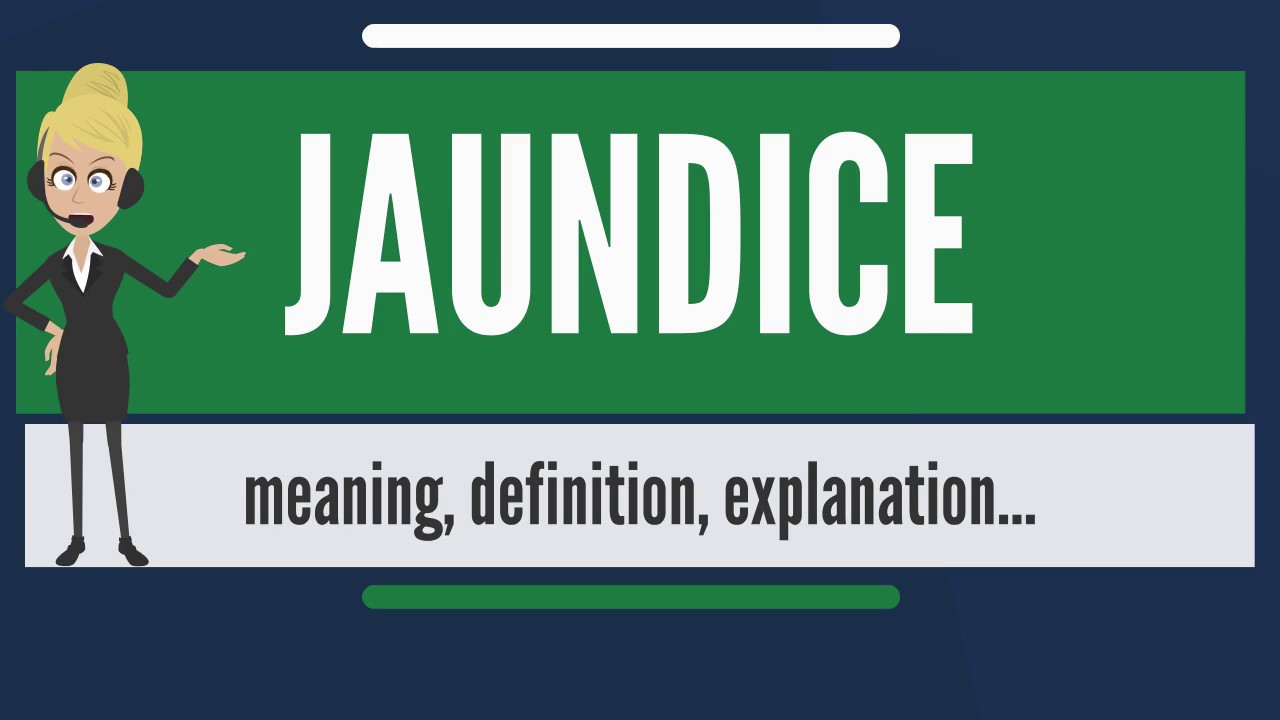
What is JAUNDICE? What does JAUNDICE mean? JAUNDICE meaning, definition & explanation
- Post author:
- Post published:June 12, 2021
- Post category:Uncategorized
- Post comments:0 Comments
You Might Also Like
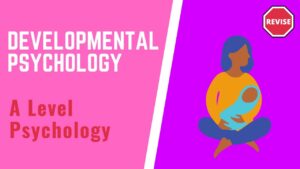
Developmental Psychology Video – 4

Dr Ramakrishna tells about the diet in Arthritis | Online Health Tips

Spa Resort Video – 3
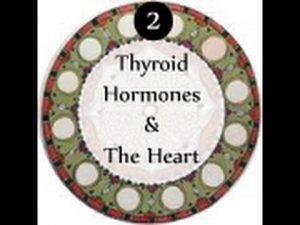
№ ❷ Thyroid Hormones and The Heart

How to Build Thicker Biceps with Barbell Curls

EXPLOSIVE LOWER CHEST GROWTH! | STOP DOING DECLINE BENCH PRESS!
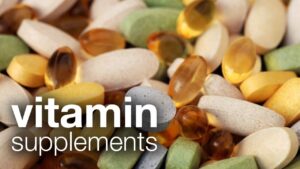
Vitamins Minerals For Health Video – 2

How to do Cable Bent Over Triceps Extensions? #91

Alternate Heel Touch – Abdominal Exercise
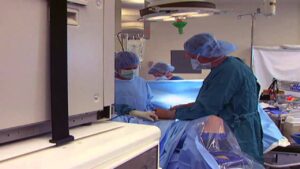
Laproscopic Surgeries Video – 3

Total Arm Definition Routine | Larry Edwards

Good Back Extension (Should be Called Hip Extension)

What is the BEST WORKOUT FOR TEENS

One Hand Triceps Extension-7
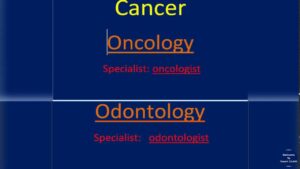
Branches Of Medicine Video – 1

AEROBIC vs ANAEROBIC DIFFERENCE
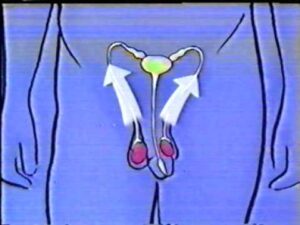
Male hormones

Donkey Kicks-6
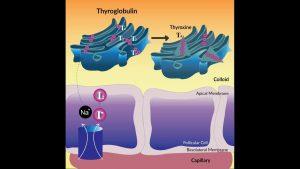
Thyroid Hormone Synthesis
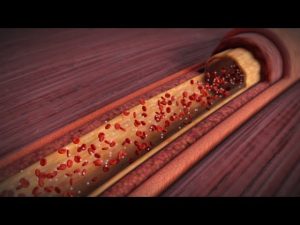
About Your Heart Attack | Nucleus Health
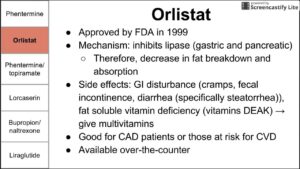
Anti-obesity medication

Opposing Muscle group workout By: Caroline Gryder

Leg Curl-6
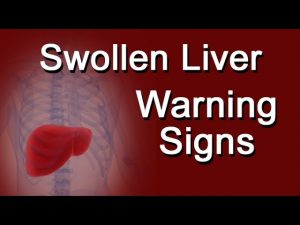
Swollen Liver Warning Signs

ADAPT Training – General Fitness Class

Human Body, Body Building Muscle Building Anatomy Physiology Video – 29

Keto Diet, Keto Foods, Keto Recipes Video – 9
![Read more about the article [Treatment] Treatment for Osteoarthritis of the Knee](https://videos.drmaheshkumar.com/wp-content/uploads/2021/05/Treatment-Treatment-for-Osteoarthritis-of-the-Knee-300x169.jpg)
[Treatment] Treatment for Osteoarthritis of the Knee

What causes infertility in men and what treatments are out there?

Intermittent Fasting & Fasting Video – 21

How to Do a Jackknife | Ab Workout
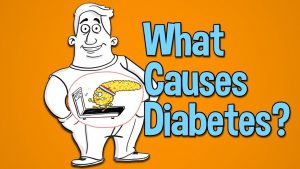
What causes diabetes, high blood sugar and type 2 diabetes
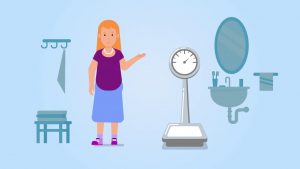
Effective support for losing weight: Orlistat HEXAL® 60 mg

Soccer Meal Plan | My Full Day of Meals

Routes of administration

5 BCAA Side Effects
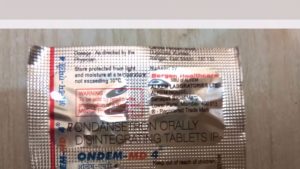
Ondem MD Tablet Review | उल्टी रोकने की दवा। ondansetron medicine |
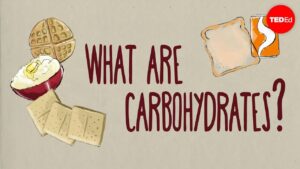
Carbohydrate Nutrition Video – 2

High Cholesterol on a Ketogenic diet? | Dr.Berg on Keto and Cholesterol

Special Weight Loss Routine Video – 2

How To Gain Weight Fast: 3 Crazy Tricks That Work (Skinny Guys Only)
